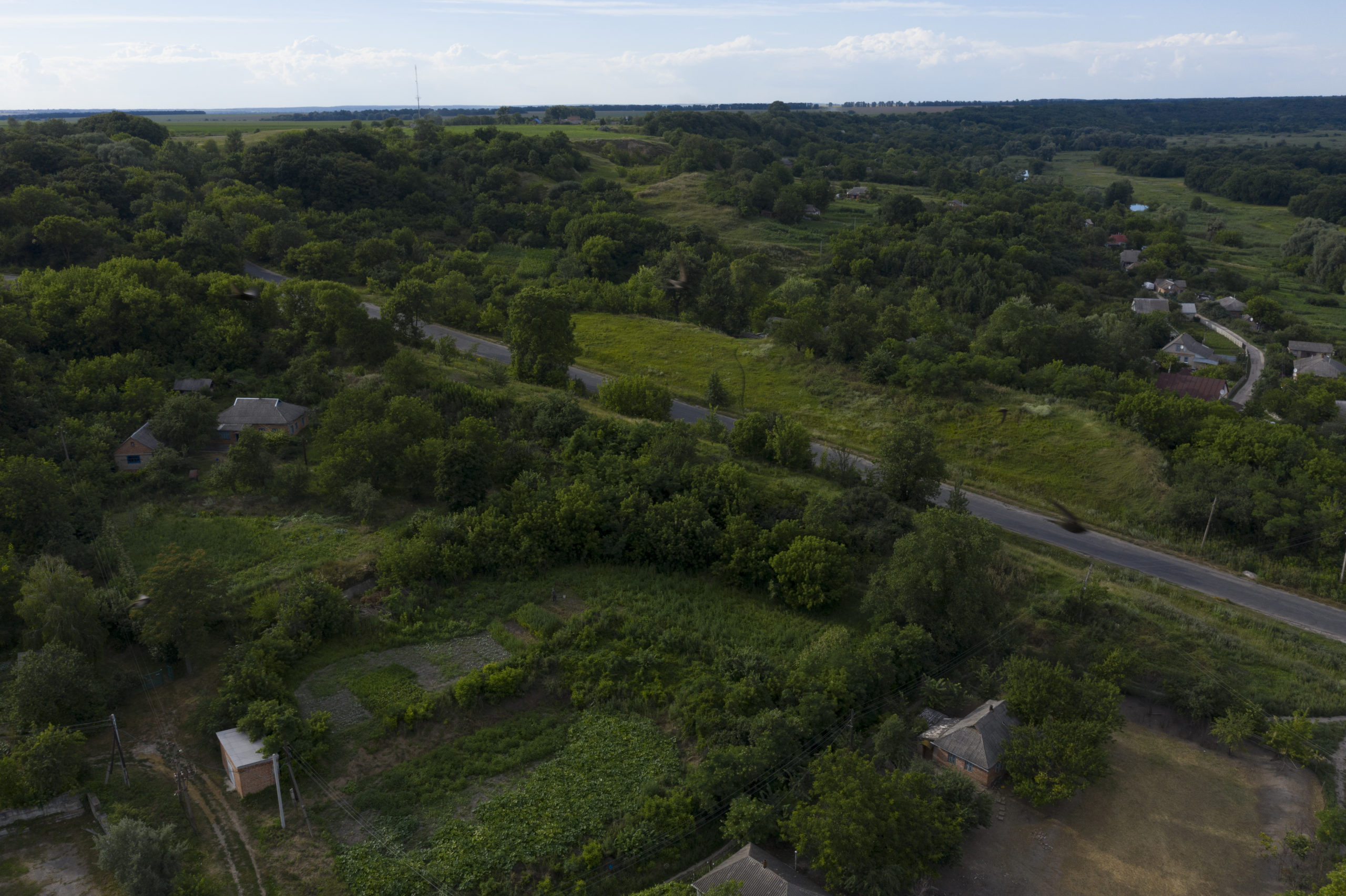
It is located in the central part (Zamok natural landmark) of Sencha village, Sencha Village Council, Lokhvytsia district, Poltava region.
When passing by Sencha village on the Lubny – Lokhvytsia motorway and observing the industrial scenery along the valley of the Sula River, it is hard for anyone to imagine that there used to be a town in the central part of Sencha, which had been mentioned in the chronicles not only in relation to secular history, but also to the history of church.
The presence of fortifications in Sencha was recorded in the researches of local history experts in 19th c. (O. F. Shafonskyi, M. O. Makarenko), but the first archaeologist to visit this site was V. H. Liaskoronskyi at the beginning of 19th c. Later it was also visited by other archaeologists: F. B. Kopylov, O.V. Sukhobokov, M. P. Kuchera, Yu. Yu. Morgunov, Yu. O. Shylov, V. V. Sherstiuk.
The town of Synets is mentioned in the Voskresenskyi codex and the First Novhorod Chronicle among the Kyivan Rus towns in Posullia. In the same context and in the same sequence “Synets” (“Synech”) is used among the Kyivan Rus towns (Kyiv and Chernihiv) in The List of Old-Russian Distant and Close Cities, which recorded the historical situation at the end of 14th c. Once again “Synech” at the Sula River is mentioned among other towns in yarlyk (letter of the khans) by the Khan of the Crimean Khanate Meñli I Giray in 1506.
The interesting fact is that this town was also mentioned in 1095 as Metropolitan’s (Archbishop’s) town!
The site where ancient Synets used to be located was among the first inhabited in Posullia during Cossacks times and up to the beginning of 17th c. it already belonged to the property of О. Vyshnevetskyi, One of the most influential magnates of the Polish–Lithuanian Commonwealth. So, in the first half of 17th c. Synets-Sencha became a significant settlement, one of the largest centres (after Lubny town) of the Posullia acquisition by the Vyshnevetskyi magnate family.
The remains of the ground fortification of the Old Russian times are currently located in the central part of the village and they are deformed by the construction of the Cossacks fortress and saltpeter production. Even today, among greatly damaged fortifications, located in the area of intensive village construction development, one still can observe the remains of minor fortification-dytynets (citadel) with dimensions of 140×90 m, as well as major fortified trading quarters and settlement with area of 260х265 m, which makes approximately 7 hectares.
The township is stretching to the south and south-west from the fortified settlement remains. The most numerous materials of the Old Russian times can be discovered in a narrow strip at the spot of floodplain terrace transition into the steep sloping of the right root bank. The materials of Cossacks times only are to be found lower along the slope, closer to the river.
The eastern part of the former trading quarters and settlement, the area between the major fortification and the valley of the Sula River Is partially occupied by the administrative buildings (the currently functioning school and shops), the road and is much destroyed and covered with litter.
The chronicle town had a rather distinguishing burial mound, which was not so long discovered by V. V. Sherstiuk. It is located on the right root bank of the Sula River, along the old Sencha decent, which is said to appear in Old Russian times. Almost all the kurgan territory is taken by the old and no longer functioning village cemetery. Most of the preserved embankments have the height of 0.40-1.00 m with a diameter of 5-10 m. Some of them reach the height of up to 2.0 m. The major part of kurgans, especially smaller ones, was destroyed by the later functioning cemetery.
Now the remains of the chronicle town Synets are not very well-preserved remains of the ancient chronicle and the Cossacks town, so, they require the urgent site protective measures to be conducted.
The Old Russian times (10–13th cc.), the Cossacks period (17–18th cc.).
It is located in the central part (Zamok natural landmark) of Sencha village, Sencha Village Council, Lokhvytsia district, Poltava region.
When passing by Sencha village on the Lubny – Lokhvytsia motorway and observing the industrial scenery along the valley of the Sula River, it is hard for anyone to imagine that there used to be a town in the central part of Sencha, which had been mentioned in the chronicles not only in relation to secular history, but also to the history of church.
The presence of fortifications in Sencha was recorded in the researches of local history experts in 19th c. (O. F. Shafonskyi, M. O. Makarenko), but the first archaeologist to visit this site was V. H. Liaskoronskyi at the beginning of 19th c. Later it was also visited by other archaeologists: F. B. Kopylov, O.V. Sukhobokov, M. P. Kuchera, Yu. Yu. Morgunov, Yu. O. Shylov, V. V. Sherstiuk.
The town of Synets is mentioned in the Voskresenskyi codex and the First Novhorod Chronicle among the Kyivan Rus towns in Posullia. In the same context and in the same sequence “Synets” (“Synech”) is used among the Kyivan Rus towns (Kyiv and Chernihiv) in The List of Old-Russian Distant and Close Cities, which recorded the historical situation at the end of 14th c. Once again “Synech” at the Sula River is mentioned among other towns in yarlyk (letter of the khans) by the Khan of the Crimean Khanate Meñli I Giray in 1506.
The interesting fact is that this town was also mentioned in 1095 as Metropolitan’s (Archbishop’s) town!
The site where ancient Synets used to be located was among the first inhabited in Posullia during Cossacks times and up to the beginning of 17th c. it already belonged to the property of О. Vyshnevetskyi, One of the most influential magnates of the Polish–Lithuanian Commonwealth. So, in the first half of 17th c. Synets-Sencha became a significant settlement, one of the largest centres (after Lubny town) of the Posullia acquisition by the Vyshnevetskyi magnate family.
The remains of the ground fortification of the Old Russian times are currently located in the central part of the village and they are deformed by the construction of the Cossacks fortress and saltpeter production. Even today, among greatly damaged fortifications, located in the area of intensive village construction development, one still can observe the remains of minor fortification-dytynets (citadel) with dimensions of 140×90 m, as well as major fortified trading quarters and settlement with area of 260х265 m, which makes approximately 7 hectares.
The township is stretching to the south and south-west from the fortified settlement remains. The most numerous materials of the Old Russian times can be discovered in a narrow strip at the spot of floodplain terrace transition into the steep sloping of the right root bank. The materials of Cossacks times only are to be found lower along the slope, closer to the river.
The eastern part of the former trading quarters and settlement, the area between the major fortification and the valley of the Sula River Is partially occupied by the administrative buildings (the currently functioning school and shops), the road and is much destroyed and covered with litter.
The chronicle town had a rather distinguishing burial mound, which was not so long discovered by V. V. Sherstiuk. It is located on the right root bank of the Sula River, along the old Sencha decent, which is said to appear in Old Russian times. Almost all the kurgan territory is taken by the old and no longer functioning village cemetery. Most of the preserved embankments have the height of 0.40-1.00 m with a diameter of 5-10 m. Some of them reach the height of up to 2.0 m. The major part of kurgans, especially smaller ones, was destroyed by the later functioning cemetery.
Now the remains of the chronicle town Synets are not very well-preserved remains of the ancient chronicle and the Cossacks town, so, they require the urgent site protective measures to be conducted.
The Old Russian times (10–13th cc.), the Cossacks period (17–18th cc.).
Read moreНаукові публікації
Scientific publications
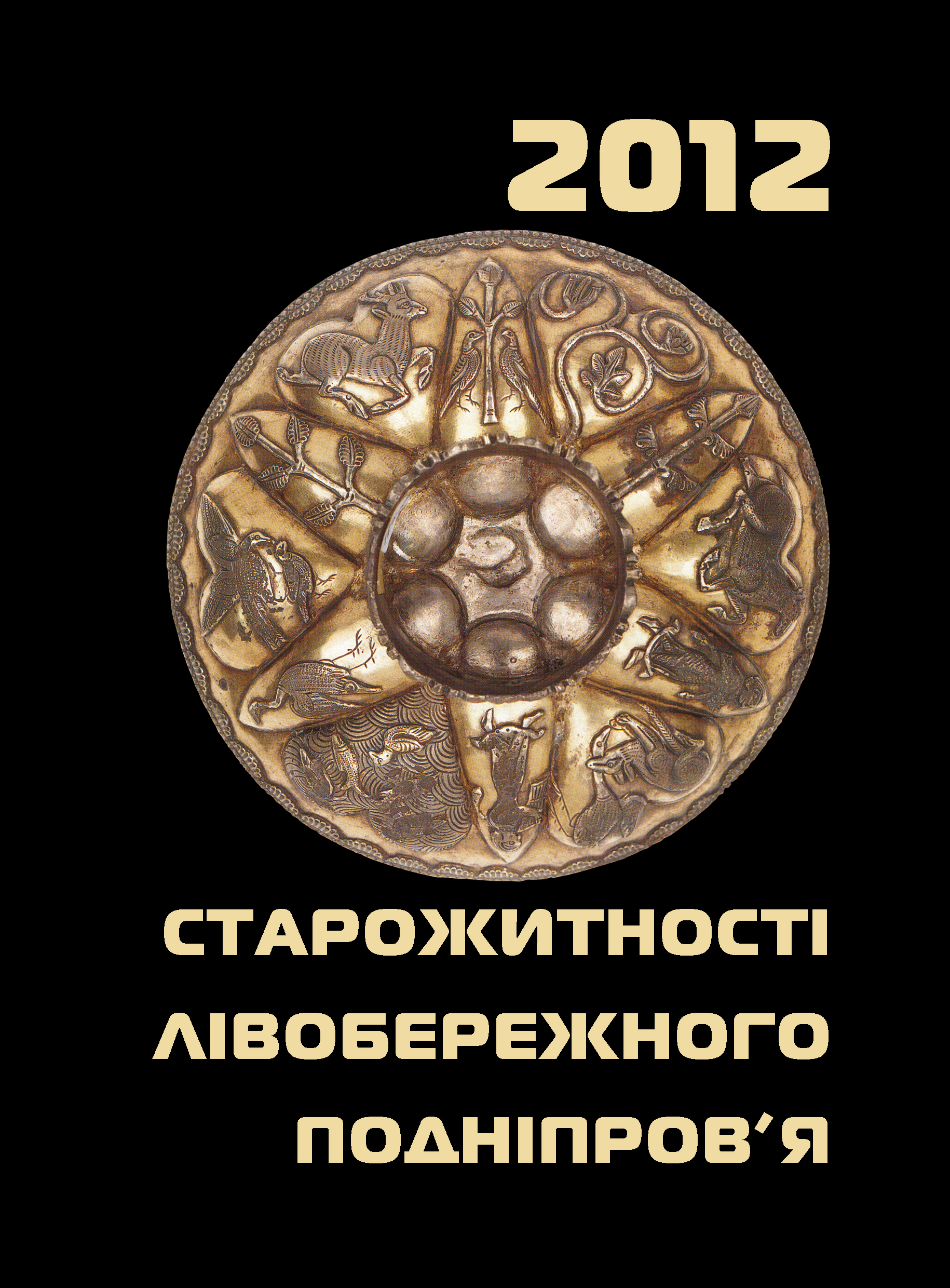
Шерстюк В. В. Місто Синець-Сенча давньоруського та козацького часу та його округа // Старожитності Лівобережного Подніпров’я ― 2012 : зб. наук. праць / ред. кол. : Супруненко О. Б., наук. ред., Івакін Г. Ю., Ковальова І. Ф. та ін. — К. ― Полтава : Центр пам’яткознавства і УТОПІК, 2012. — С. 160 — 179.
https://www.codpa.org.ua/starozhitnosti-livoberezhnogo-podniprovya-2012978-966-8999-50
Шерстюк В. В. Місто Синець-Сенча давньоруського та козацького часу та його округа // Старожитності Лівобережного Подніпров’я ― 2012 : зб. наук. праць / ред. кол. : Супруненко О. Б., наук. ред., Івакін Г. Ю., Ковальова І. Ф. та ін. — К. ― Полтава : Центр пам’яткознавства і УТОПІК, 2012. — С. 160 — 179.
https://www.codpa.org.ua/starozhitnosti-livoberezhnogo-podniprovya-2012978-966-8999-50
Фотогалерея
Gallery

Сенча, с. Городище літописного міста Синець. Загальний вигляд. Фото 2020 р.
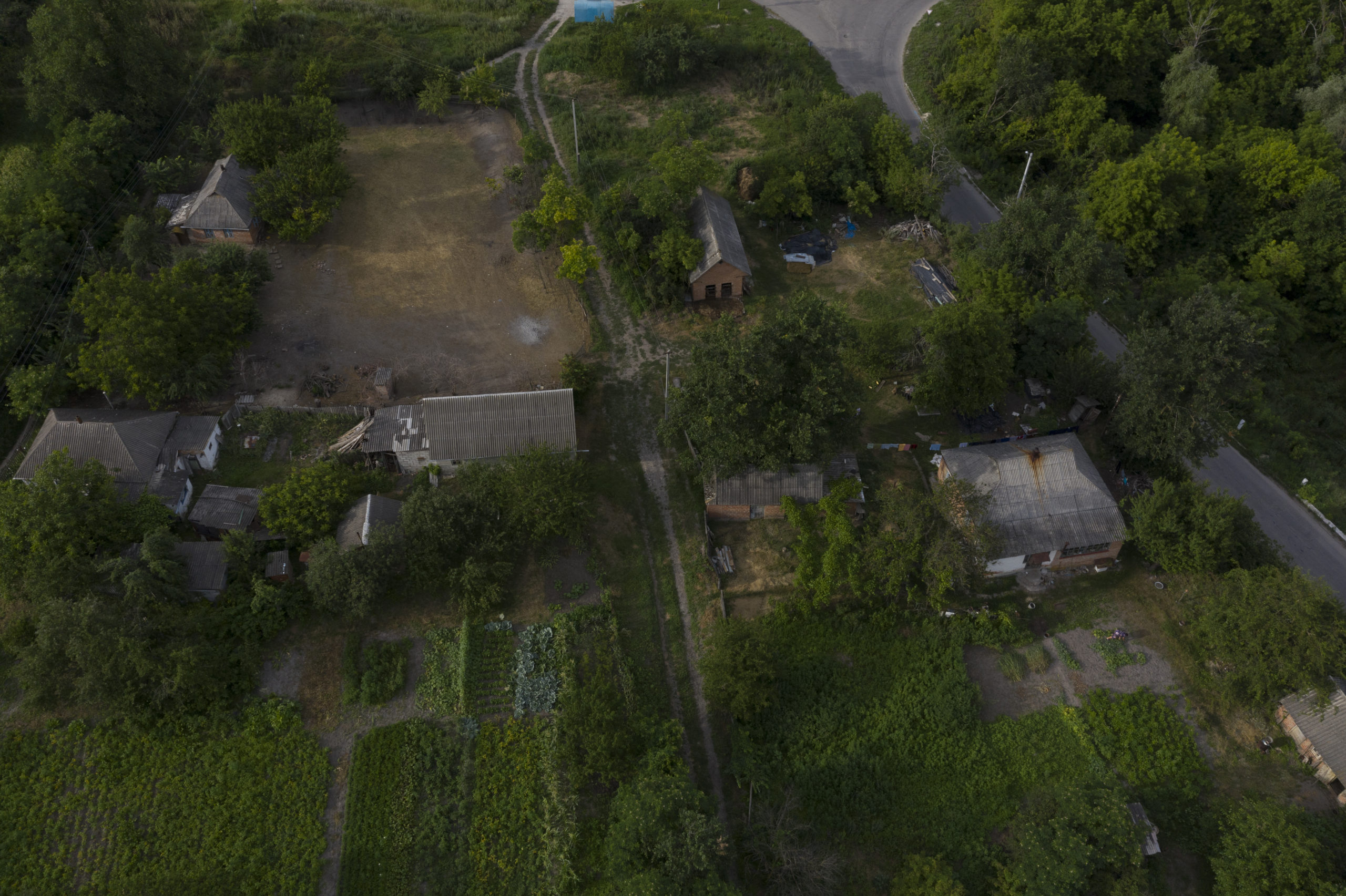
Сенча, с. Городище літописного міста Синець. Сучасний стан. Фото 2020 р.
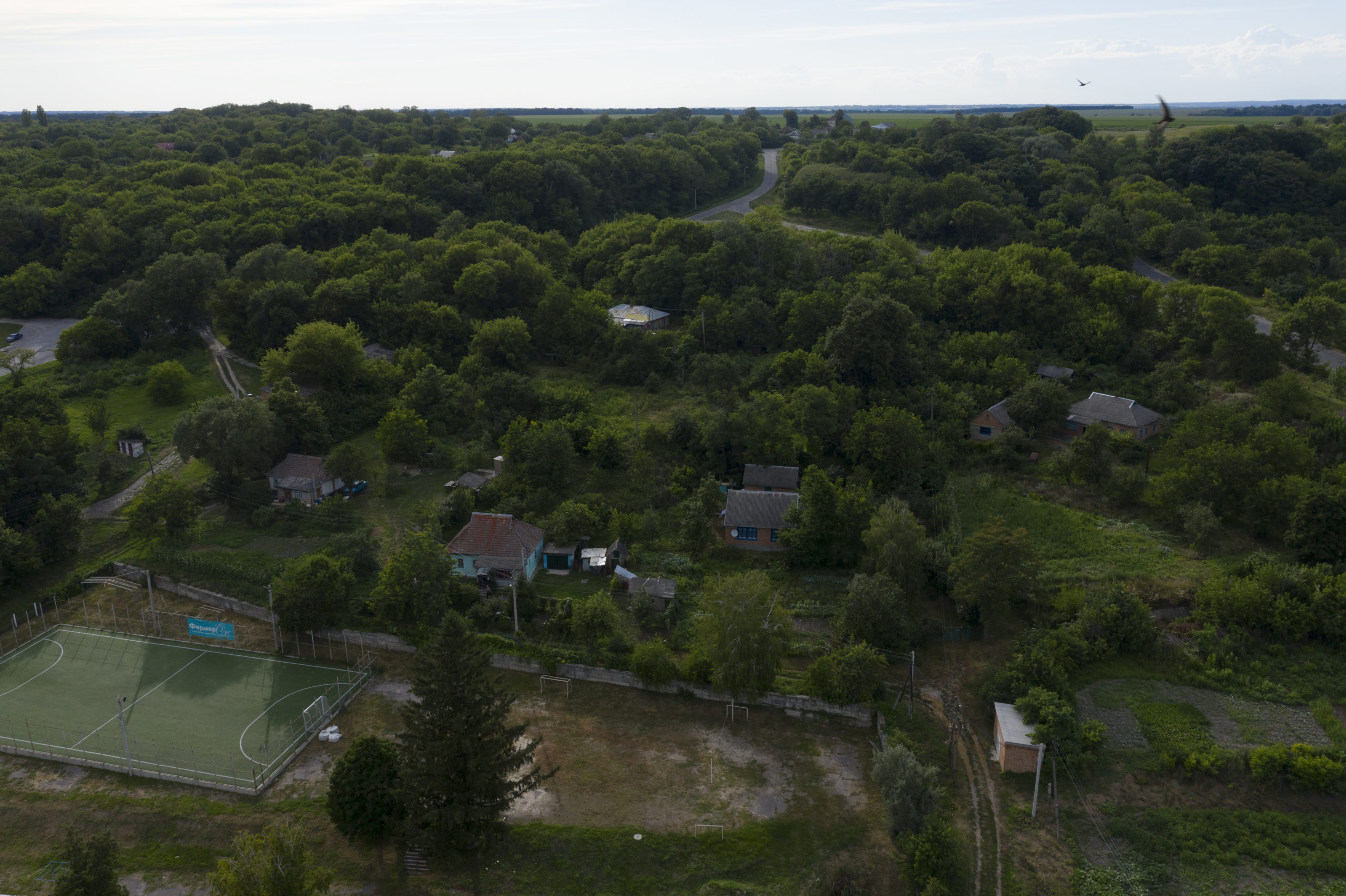
Сенча, с. Городище літописного міста Синець. Сучасний стан. Фото 2020 р.
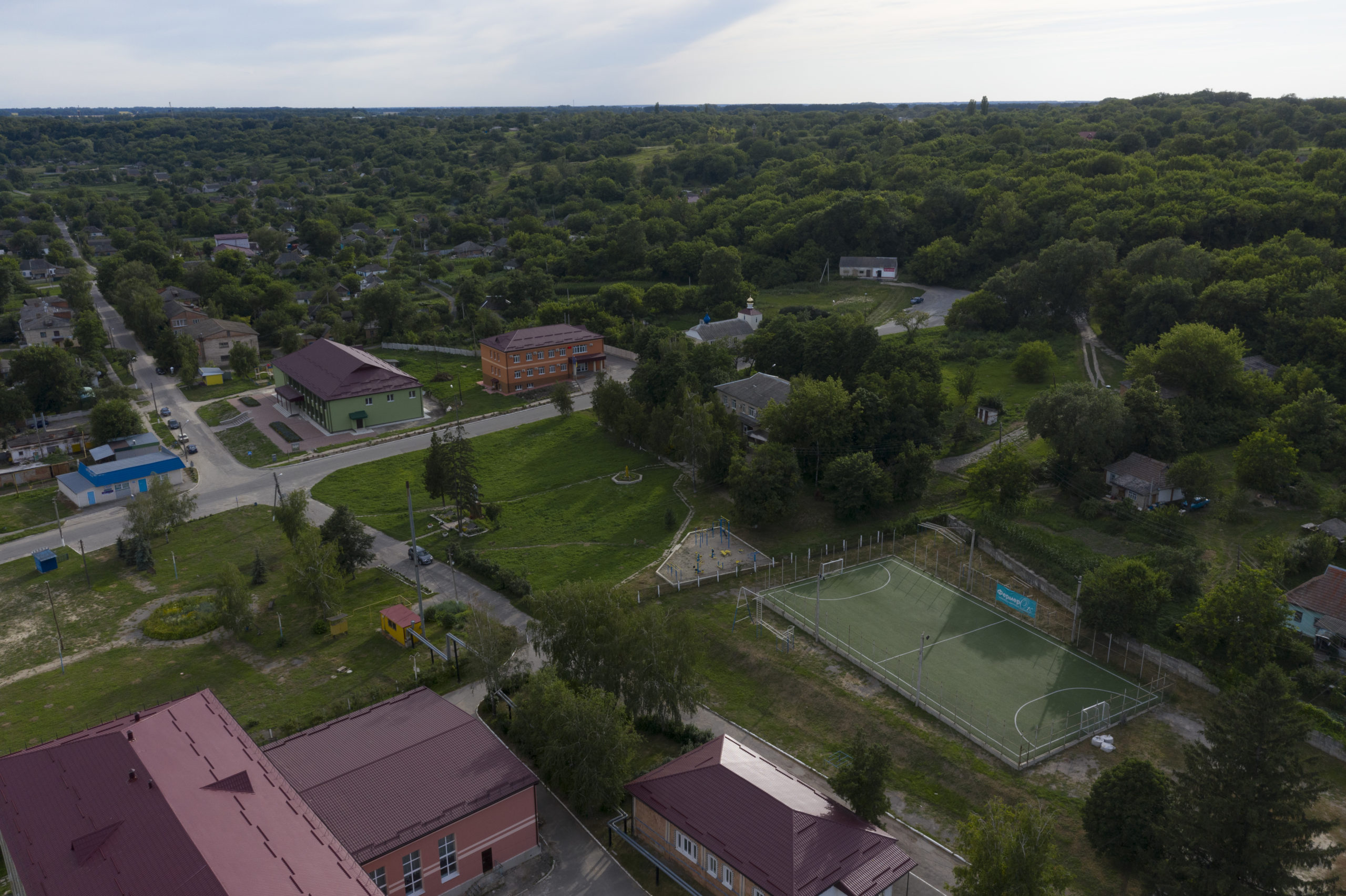
Сенча, с. Городище літописного міста Синець. Сучасний стан. Фото 2020 р.
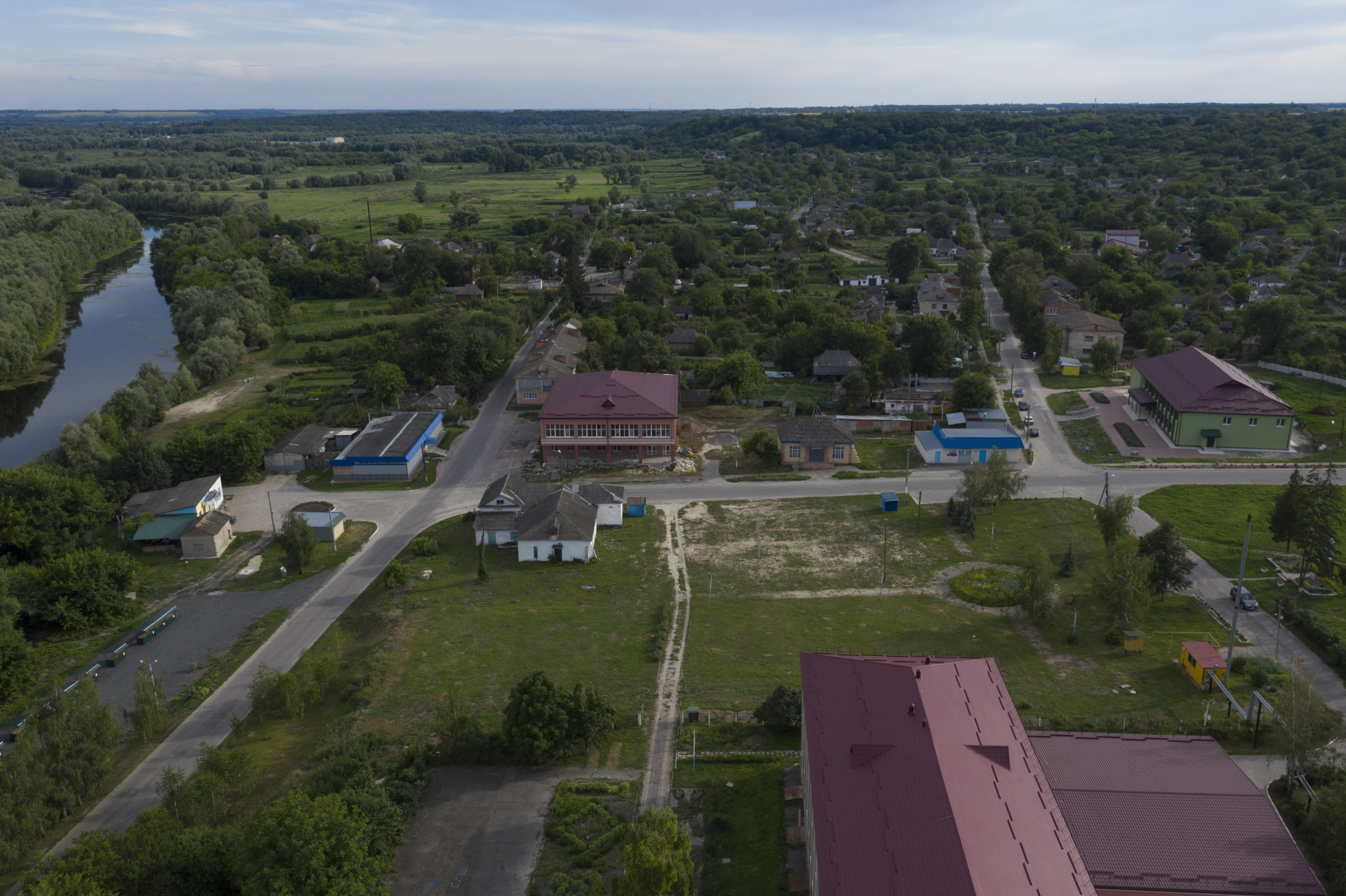
Сенча, с. Городище літописного міста Синець. Сенча, с. Городище літописного міста Синець. Сучасний стан. Фото 2020 р.
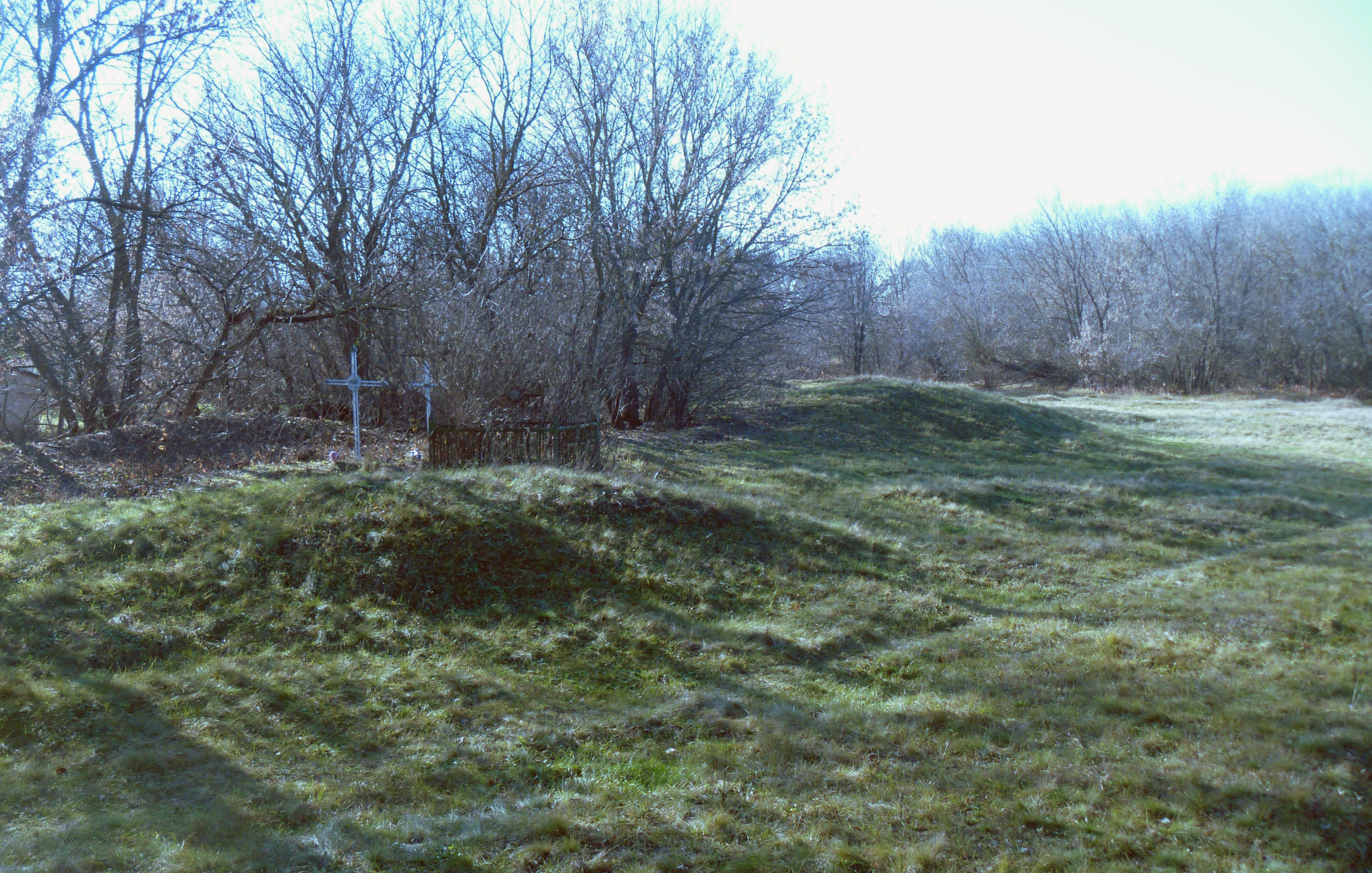
Сенча, с. Городище літописного міста Синець. Курганний могильник давньоруського часу. Рис. 5. Насипи №№ 1-2, південно-східний край.
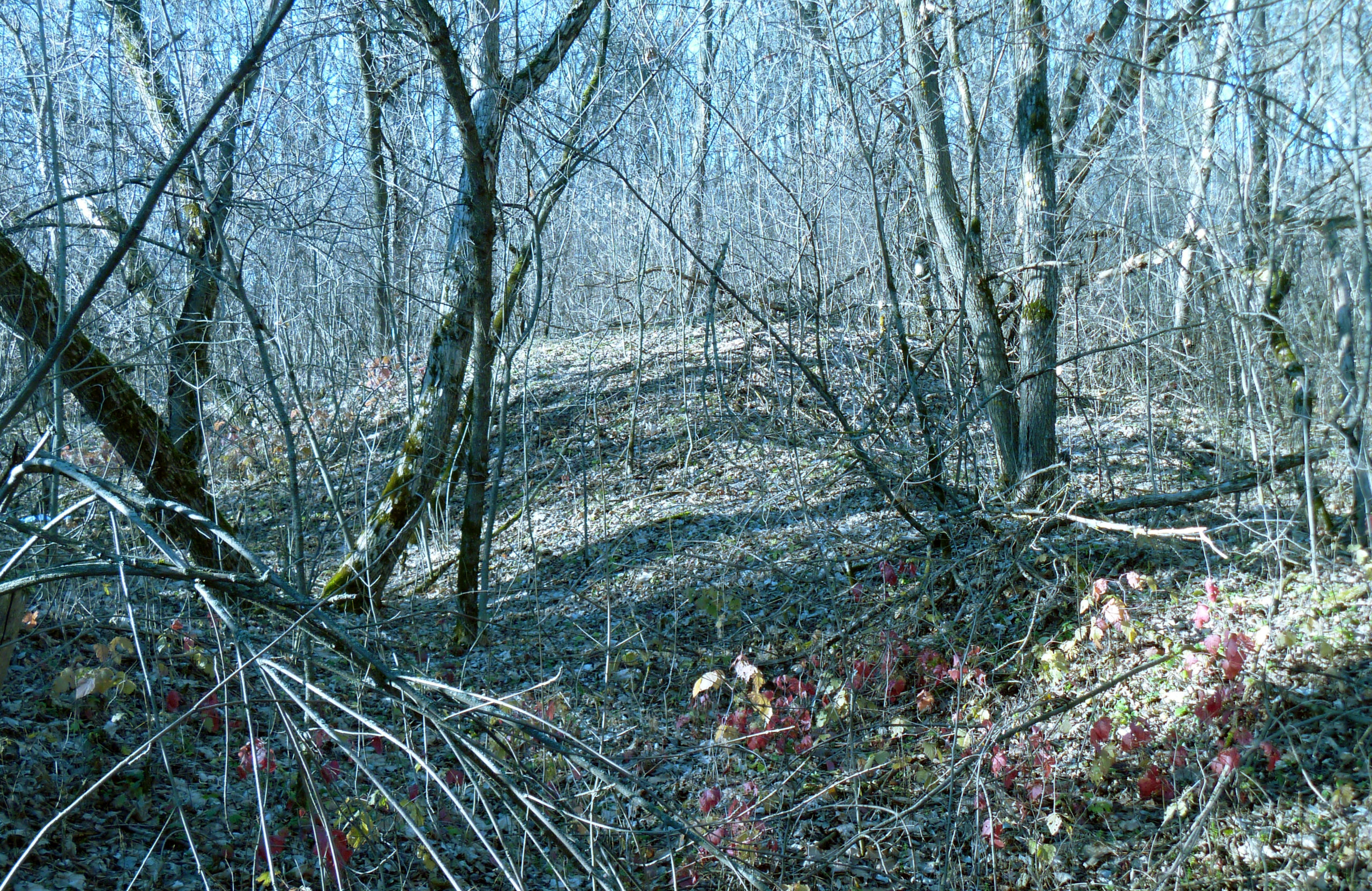
Сенча, с. Городище літописного міста Синець. Курган № 31 у південно-західному залісненому секторі.